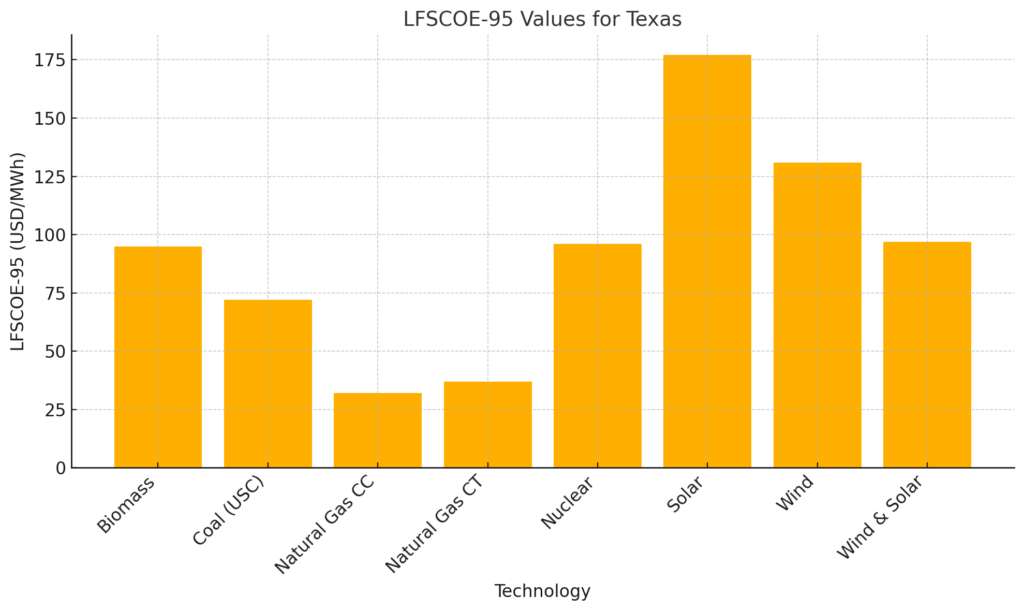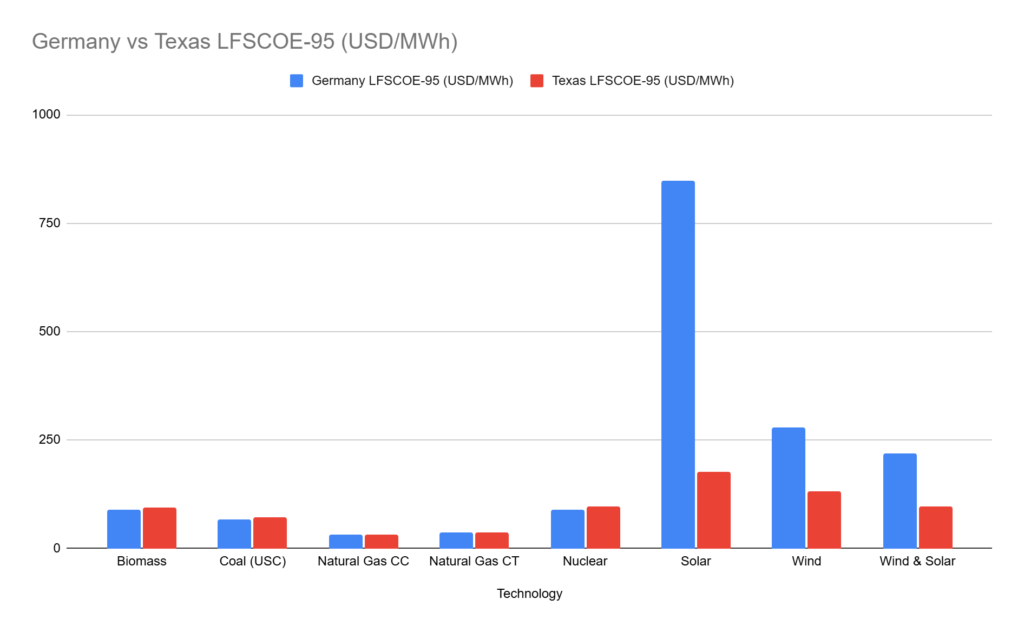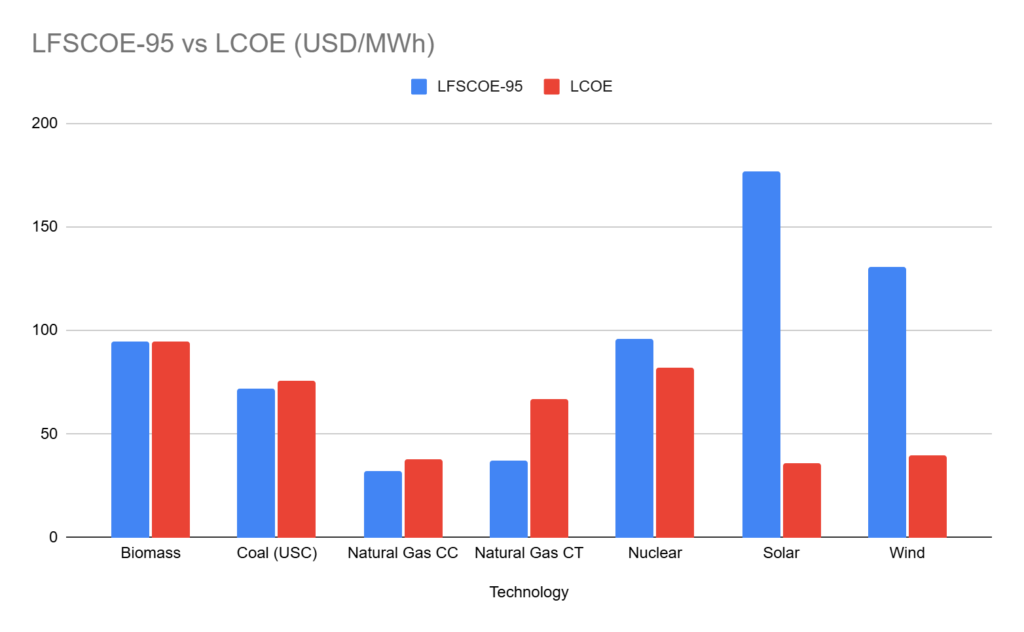Imagine you’re calculating the average cost of water that flows from your tap over the lifespan of your home’s plumbing system. This calculation would include the initial installation costs, ongoing maintenance, the price of the water itself, and any other associated expenses. By dividing the total costs by the total volume of water you expect to use, you arrive at an average cost per gallon or liter.
This is similar to how the Levelized Cost of Electricity (LCOE) works for power generation: it averages out all the costs over the expected energy output to give you a single, comparable figure.
Why LCOE Is Misleading for Solar Energy
Now, consider relying solely on rainwater for your household needs. Rainfall is intermittent and unpredictable; it doesn’t always occur when you need water.
If you tried to calculate the average cost per liter of rainwater you collect, ignoring the times when it doesn’t rain, you’d get a deceptively low figure. However, to make rainwater a reliable source, you’d need to invest in storage tanks, filtration systems, and perhaps even backup water supplies for dry periods. These additional costs and complexities aren’t captured if you simply calculate the average cost based on the rainwater collected.
Similarly, applying LCOE to solar energy without adjustments is misleading. Solar power is intermittent: it only generates electricity when the sun is shining.
The standard LCOE calculation doesn’t account for the costs of energy storage systems (like batteries), backup power sources, or grid infrastructure needed to manage this variability. It’s comparable to overlooking the storage and reliability issues when depending solely on rainwater.
In essence, using LCOE for solar power without considering its intermittent nature and the additional costs to ensure a consistent energy supply provides an incomplete and overly optimistic picture.
Just as you wouldn’t rely solely on rainfall for your water needs without significant adjustments, especially a storage tank, basing energy planning on unadjusted LCOE figures for solar will lead to misunderstandings about its true costs and feasibility.
What is the true cost of solar?
I will post another article about this, because it’s a very complicated topic, however as a ballpark number I will cite the following study: Levelized Full System Costs of Electricity by Robert Idel (LFSCOE)
Considering a grid that is NOT 100% powered by solar panels, here is the cost per MWh compared with different technologies:

Texas is the most favorable to wind and solar, the paper also analyzes Germany, and here is the comparison:

Let’s compare the best results we have with LCOE:

Clearly solar and wind costs are incomplete and overly optimistic
Should you want to contact me you can reach me at contact@storni.info or you can find me on: X, Instagram


